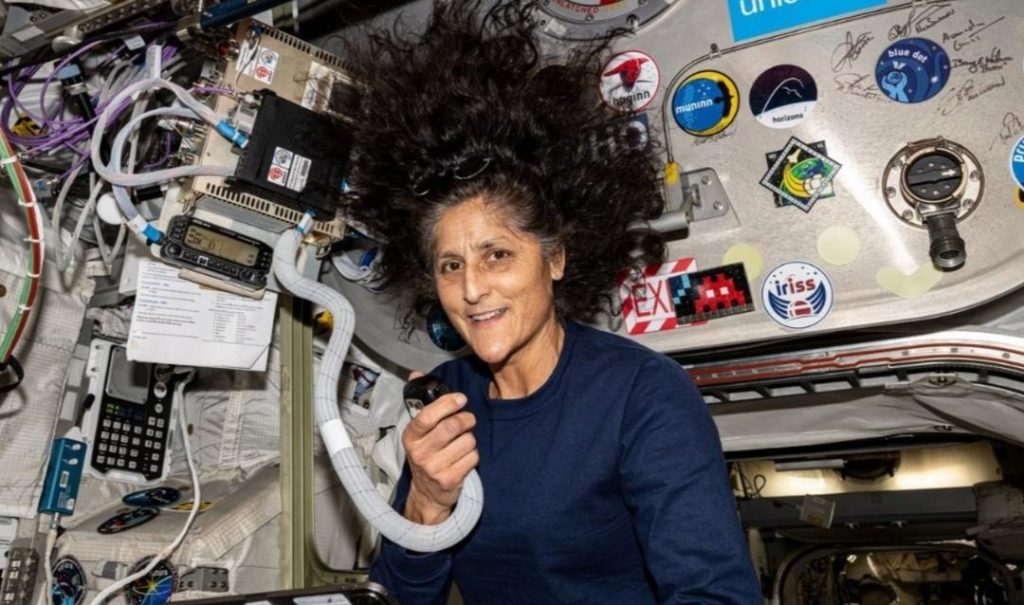
What Scientific Milestones were Achieved by Williams & her Team?
The International Space Station (ISS) has been a hub of scientific research and innovation since its inception. The crew on board the ISS has made significant contributions to various fields, including biology, physics, and medicine. One such crew was the Expedition 63 crew, which consisted of NASA astronauts Nick Hague, Butch Wilmore, Sunita Williams, and cosmonaut Aleksandr Gorbunov. In this blog post, we will explore the scientific milestones achieved by this team during their time on the ISS.
Plant-Related Studies
The crew focused on several plant-related studies to understand the effects of microgravity on plant growth and development. One such study involved the growth of radish plants, which were observed to grow faster and have a higher yield in microgravity compared to Earth. This study has significant implications for future long-duration missions, where plant-based food systems could be used to sustain astronauts. Another study involved the growth of Arabidopsis thaliana, a small flowering plant, which was used to study the effects of microgravity on plant hormone regulation.
Earth Observation
Butch Wilmore, one of the astronauts on board, was responsible for capturing thousands of images of Earth from space. These images were used to monitor urban growth, climate change, and natural disasters. The images were also used to study the effects of human activity on the environment and to better understand the Earth’s climate system.
3D Printing of Implantable Medical Devices
The crew also tested the feasibility of 3D printing of implantable medical devices in microgravity. This technology has the potential to revolutionize the field of medicine, allowing for the creation of customized implants and devices that can be tailored to individual patients’ needs. The study was conducted in collaboration with the University of California, Los Angeles (UCLA) and the University of California, San Francisco (UCSF).
Astronaut Health
The crew also conducted several studies to better understand the effects of space travel on astronaut health. One such study involved the use of a specialized treadmill to study the effects of exercise on the cardiovascular system in microgravity. Another study involved the use of a sleep tracker to monitor the sleep patterns of astronauts and to better understand the effects of microgravity on sleep.
Fire in Space
During their time on the ISS, the crew also had to deal with a fire in one of the station’s compartments. The fire was caused by a malfunctioning electrical cable and was quickly extinguished by the crew. The incident highlighted the importance of fire safety on the ISS and the need for astronauts to be trained to respond to emergencies.
Conclusion
The Expedition 63 crew on board the ISS achieved several significant scientific milestones during their time on the station. Their work on plant-related studies, Earth observation, 3D printing of implantable medical devices, and astronaut health has significant implications for future space missions and has contributed to our understanding of the effects of microgravity on various systems. The crew’s experience with a fire in space also highlighted the importance of fire safety on the ISS and the need for astronauts to be trained to respond to emergencies.
Source:






